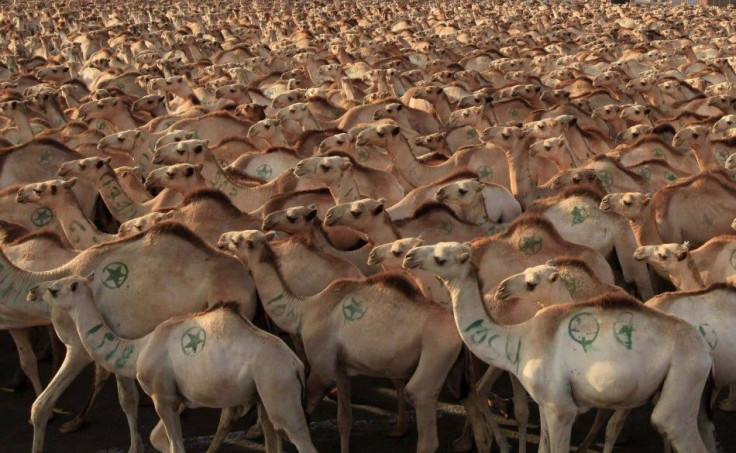Eat Sea Urchins, Cane Toads and Camel Meat and Forget Chicken, Pork and Beef, Says Australian Professor

An Australian professor from Southern Cross University, Philip Hayward, said that people should start eating cane toads, sea urchins and camel meat for future sustainability and that it would become regular options in supermarket freezers.
The marine specialist believed, "It makes sense to eat animals that are culled because they are considered pests and prey on Australia's native animals." He has been constantly encouraging consumption of sea urchins in Tasmania. Long-spined urchins migrate from the east coast currents and strip the ecosystem of its resources. This leaves no food for the native purple urchins. For this matter, long-spined urchins are considered as pests.
Hayward said, "The urchin overpopulation issue should be seen as an opportunity for international trade. One approach is, instead of worrying about them, why don't we see them as a resource?"
A delicacy in Japan, sea urchins are now being introduced in menus by chefs in Tasmania. Hayward noted that the fresh, high-quality ones get premium prices.
According to Dr.Gary Mortimer, specialist in consumer behaviour in food retail from Queensland University of Technology, most Australians are already shifting away from the standard meats like chicken, beef and lamb. He exclaimed, people are becoming more adventurous, and shows like MasterChef, which feature a range of more exotic ingredients, are a part of that mind shift. He feels that there is a long way to go for Australians to fully embrace the concept of eating umi, camel or cane toad.
Mortimer explained, "Cane toads have been long held as an introduced pest, but there are issues around poison that they carry. For consumers, it's a bit like eating snake. Researchers are trying to get consumers to shift past what the animal is and to see it as protein.
Hayward said that Australians show an inflexibility which is determined by a particular cultural heritage. He also seems to follow his own advice as he has eaten sea urchins in Tasmania, Chile and Japan.






